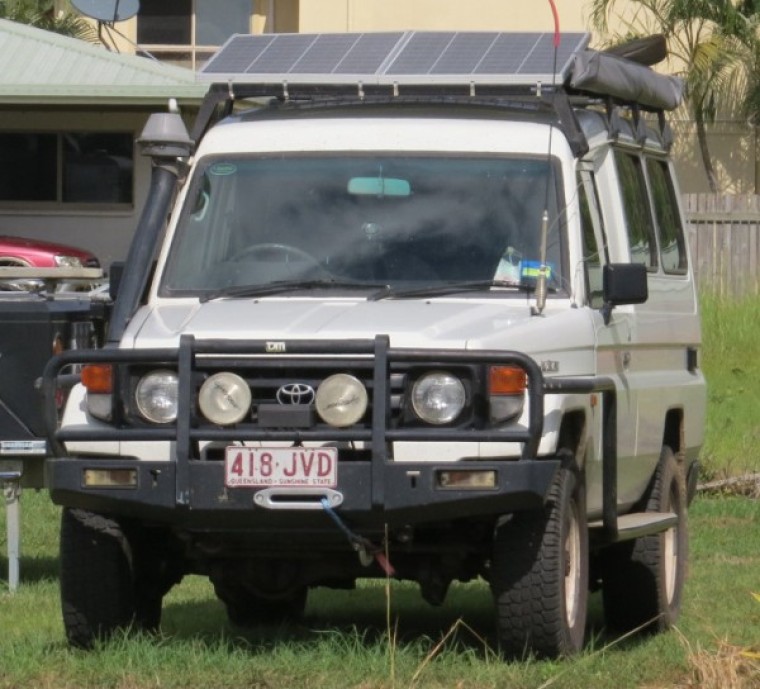
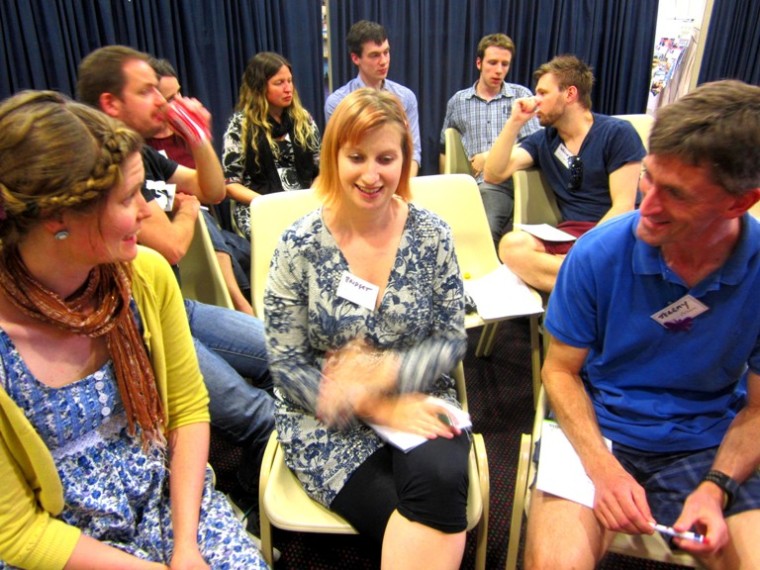
The Conversation not that long back reported that the Abbott government has presented Indonesia as a huge opportunity based on its growing middle class and long-term growth prospects. Moreover Minister Andrew Robb was quoted: "Indonesia has a middle class twice the size of Australia's population and, given its proximity, it is a market Australia should develop".
All this coincides with Prime Minister Tony Abbott's visit to Indonesia for the inauguration of their newly elected President Joko Widodo.
The McKensey report was cited, which doesn't use the term "middle class", instead it refers to the "consuming class", which includes anyone with an income greater than $3600 a year on a PPP basis (based on 2005 exchange rates). The report argues that there were 45 million Indonesians in the consuming class in 2010 (out of a population of 240 million).
The Conversation stated that based on an annual growth rate of 5-6%, the consuming class will grow to 85 million by 2020 (out of 265 million) and to 135 million (out of 280 million) by 2030. If Indonesia grows at 7% per annum until 2030, its consuming classes will grow to 170 million.
Now it doesn't take much a leap of imagination to concur that this will impact on Australian tourism in much the same way as a similar report last year spoke of the upwardly mobile Chinese middle class.
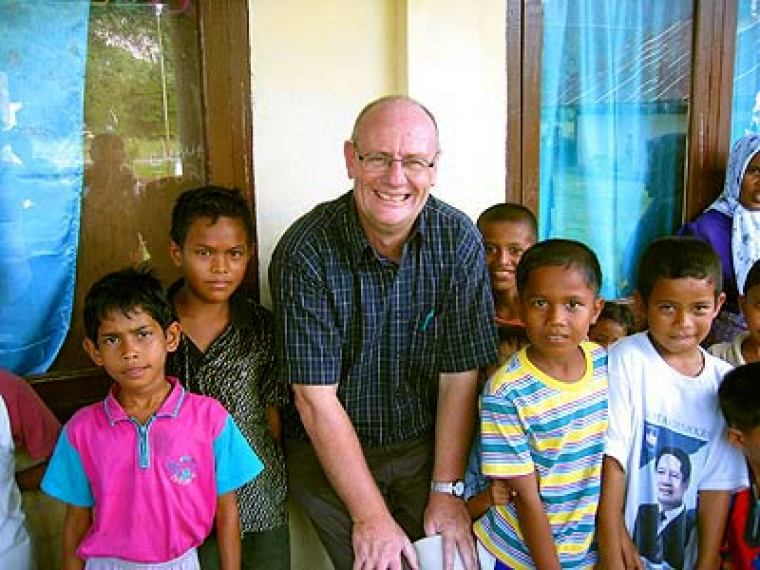
I wrote of this in September 2012 from a Sydney Morning Herald article that revealed evidence that it is the new Chinese middle class who are slowly but surely dominating the Australian tourist market place.
The SMH article quoted the general manager of retail at Sydney Airport, Andrew Gardiner, who explained that inbound customers from Asia, are buying luxury goods. They are flying into Australia on discount Asian airlines and once here their wallets are being significantly loosened.
Moreover it is this emerging Chinese middle class who have most to spend. The retail manager at Melbourne Airport, Deborah Price noted that they are often keen to find the most expensive products and the most popular ones. Signage in Mandarin to guide them towards the wallet-draining items they seek has been a boon.
Paul Hogan's US tourism promotion saw an astonishing influx of North Americans experience Australia, particularly Sydney, the Great Barrier Reef and Central Australia.
The Japanese were another, who visited Australia in droves and there was a period in which a surprising number came 'down-under' to hold their wedding service. The Japanese tourism interest was considerably wider than the three tourism destinations listed above. The Gold Coast was also on their agenda and the Surfers Paradise CBD had a mass of signage in Japanese.
European tourism was aligned with the Lara Bingle Tourism Australia campaign illustrated with some humour by the then British Prime Minister Tony Blair when addressing the Australian Parliament. He exclaimed that after such a long flight from London and alighted he wondered "Where the bloody hell am I?"
Now, we're reading in News.com that in Brisbane alone, let alone other cities and tourist receiving areas, there are not enough rooms and beds and skilled tourism personnel to cater for such influx of tourism numbers.
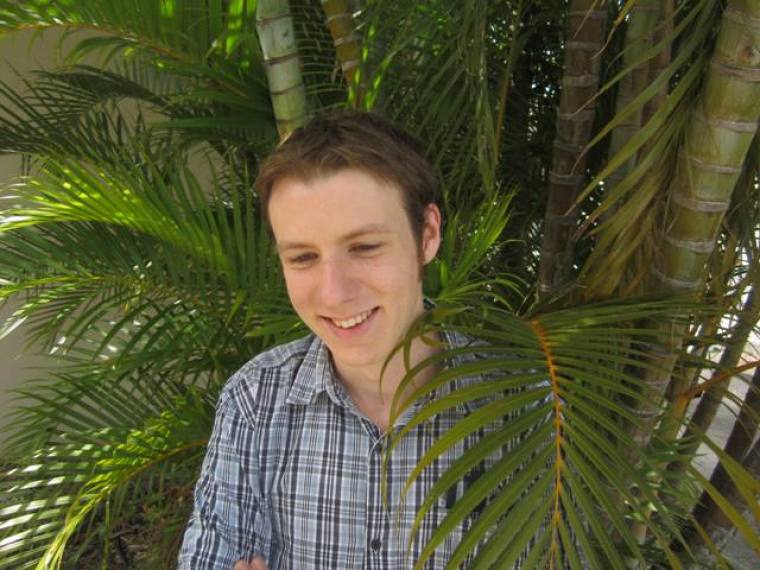
Tourism Ministry
I have a long history in tourism ministry with the establishment of Australia's Bush Orchestra in Moruya on the NSW south coast in 1996. I served as the Australian cricket team chaplain for 17 years and secured the good-will of former Australian cricket team captain Greg Chappell who formally opened the park.
Australia's Bush Orchestra was a meandering bush walk under a canopy of IronBark forest and the sound of the bellbird. Visitors were able to read plaques of great Christian evangelists throughout the ages, have a cuppa and watch a short video.
I've addressed many Christian seminars on Tourism Ministry both in Australia and abroad and has found that many at home have not realised the opportunities for tourism ministry as they'd never connected the dots.
The Indonesian and Chinese middle class visiting Australia provide many open doors for Christian ministry with some creative insights which have been endorsed and operated for some years.
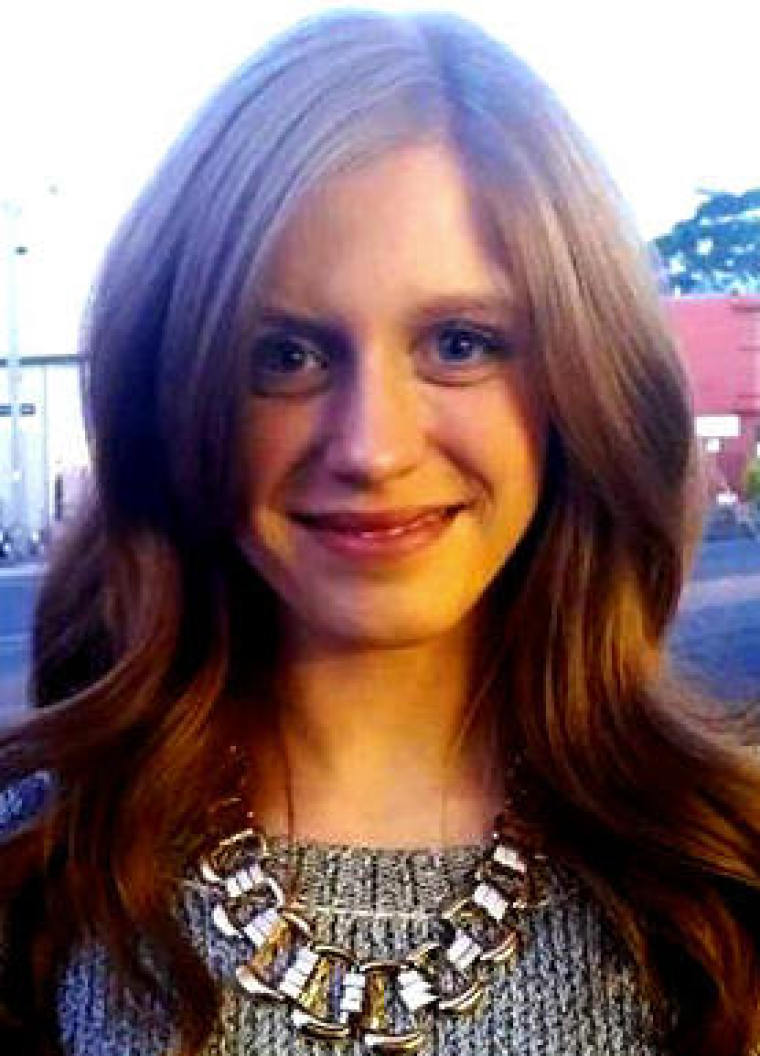
Middle Class Phenomena
In a recent meeting of Baptist ministers and evangelists the Reverend Russell Hinds spoke of the existing link between the middle class and Baptist churches. He spoke of this section of the Australian society which is the Baptist mission field and with only 12% of Australians attending a church in any given month, this is a huge mission opportunity.
Reverend Russell Hinds has specialised in this Australian middle class 'market place' building a number of Gold Coast churches from a handful of committed Christian families to congregations of 400 to 600 people.
Philosophically, this new Indonesian and Chinese middle class have the very same aspirations and desires as the middle class in any nation. This includes a secure job, a nice home, a good education for their children, money in the bank and regular holidays.
It is these people who are visiting Australia and will do so in greater numbers in the years to come.
Tourism ministry in its myriad forms can be engaged from just as many sources, which includes local churches, denominational programs, specialist personnel and ear-marked tourism ministries.
Dr Mark Tronson is a Baptist minister (retired) who served as the Australian cricket team chaplain for 17 years (2000 ret) and established Life After Cricket in 2001. He was recognised by the Olympic Ministry Medal in 2009 presented by Carl Lewis Olympian of the Century. He has written 24 books, and enjoys writing. He is married to Delma, with four adult children and grand-children.
Mark Tronson's archive of articles can be viewed at http://www.pressserviceinternational.org/mark-tronson.html
